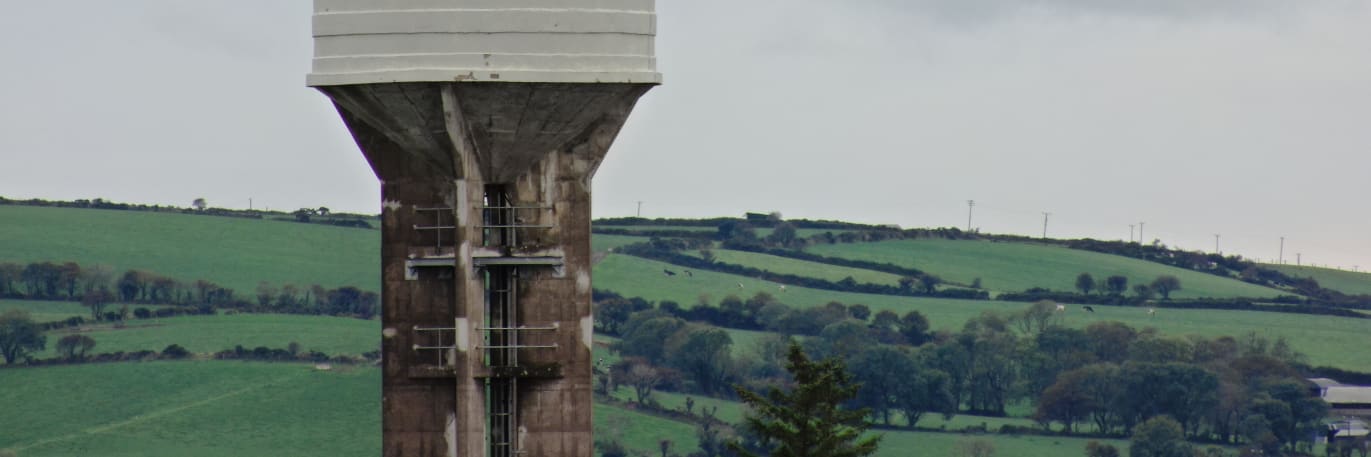

Water towers must be in good condition to avoid contamination of the water inside. Climbing the towers can be time-consuming and dangerous. Drones are an efficient and precise way of inspecting towers. We gather high-quality data about your tower and compile it into clear, actionable reports.
The safety of your personnel and our own is paramount, and we place it at the forefront of our company culture. Ask us about our HSSE systems and practices.
Drone inspections take up less of your manhours and resources than traditional inspections, giving you a faster and more budget-friendly return on your investment.
Drone technology is cheaper, safer and more reliable than traditional methods such as scaffolding, cherry-pickers and ropes. It's also quicker and less labour-intensive. We will bring everything we need and be out of your way that same day.
We use cutting-edge technologies to detect problems that would otherwise be invisible. These include 4K ultra-HD photography/video, LIDAR and thermal imaging.
Drones capture high-quality, impartial information that gives you an exact assessment of the status and needs of your asset.
We understand that you need answers fast. We can deliver a plain-English report with clear-cut conclusions in days. Then, you can take the steps you need to and get back to doing what you do best.
Need us there in a hurry? No problem. Let us know what you need, and we can be there on the same day. After all, sometimes the problem just won't wait.
Sometimes the brief can change even in real-time. If need be, you can be stood there right next to the drone operator, directing them as the situation develops.
There are inherent risks when asking someone to climb tall water towers. Although dangerous, it’s essential that water towers are inspected, as entire communities rely on them to get clean water. Drones are a winning strategy to tackle these inspections. Removing the need to climb, drones capture all the important details of a water tower with significantly fewer risks than a manned inspection. Less risk means less paperwork, saving you time before and after the inspection.
Often, inspections show that everything is in good working order. When there are no problems, no personnel is required at the inspection site. Meaning a drone is sufficient for the entire “maintenance” process - rendering manned climbs completely unnecessary.

As engineers, we know what to look for when inspecting. Every tower requires a tailored approach. As well as visually assessing the exterior structure for defects such as cracks, dents, and rust, we make sure to check all components of the structure. Overflow pipes, vents, and ladders as essential to a properly functioning tower.
Although our drone never makes contact with the structure, no detail is lost. Our drone is equipped with a high-resolution camera that allows safe inspection, with first-rate deliverables.
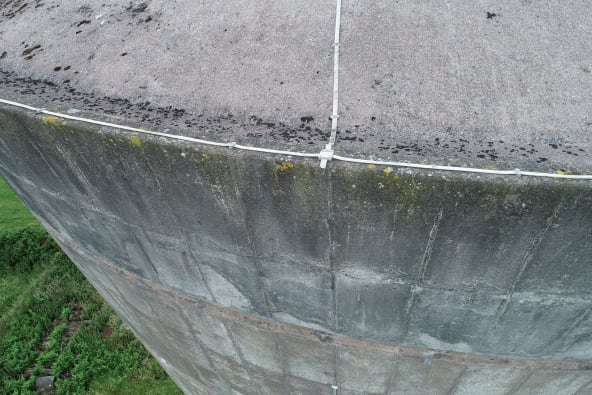
We verify ventilation is clear and well maintained to regulate water pressure. Screening measures (caps, wire mesh, etc.) are assessed to confirm that contaminants can't enter the tower.




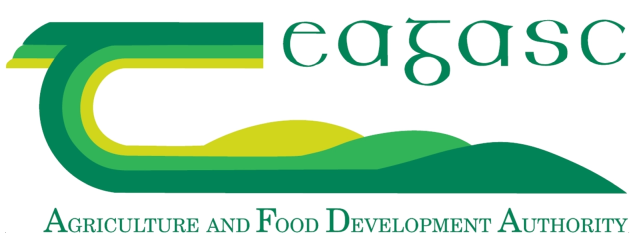


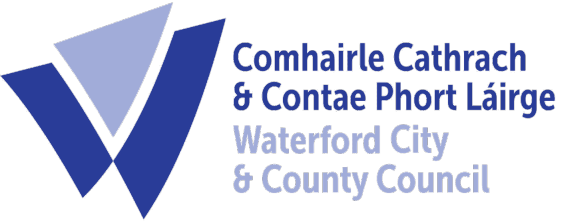

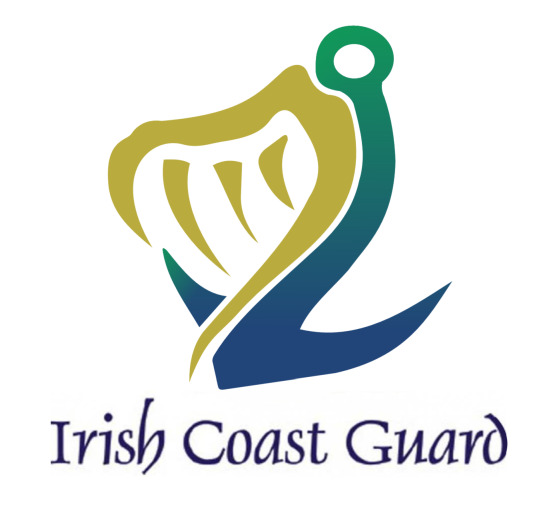




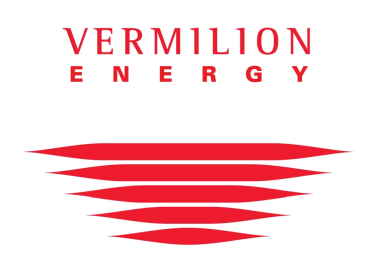

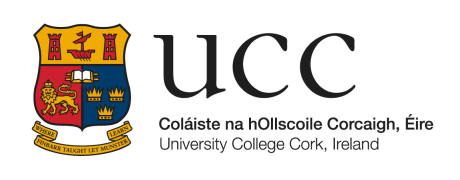






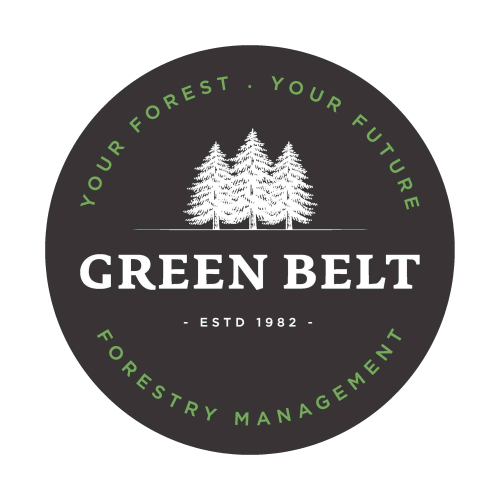





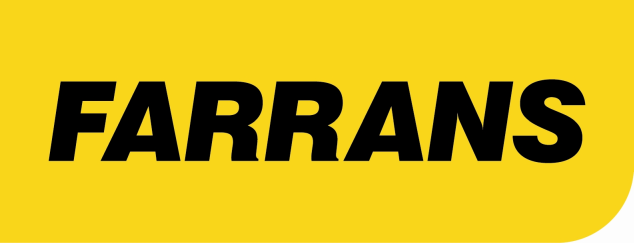
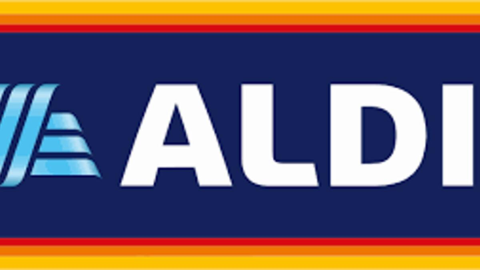






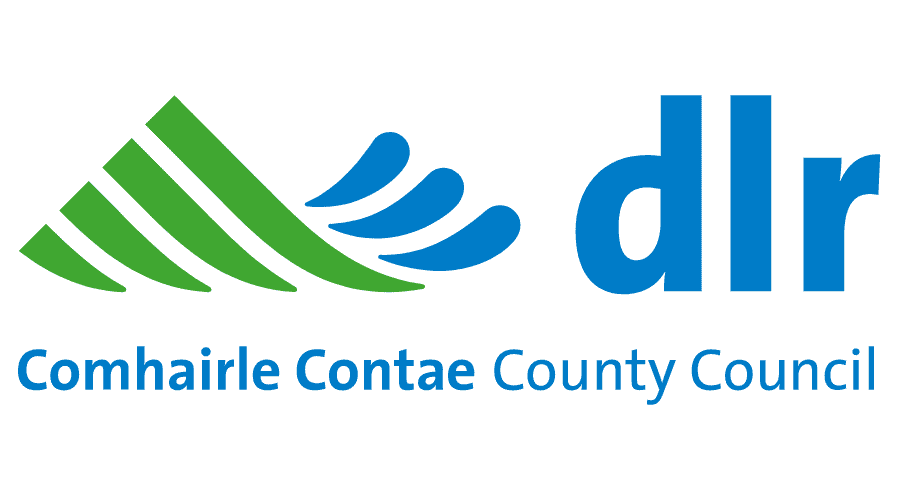









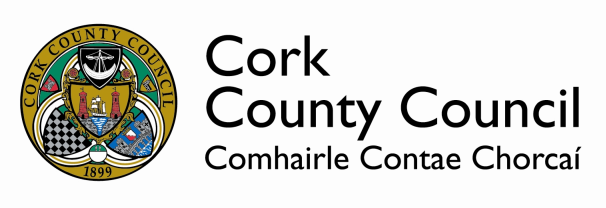


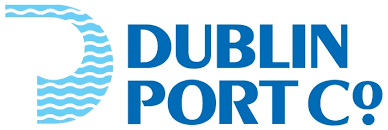

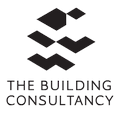

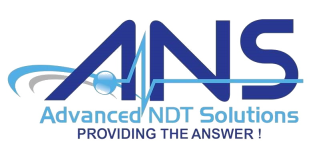





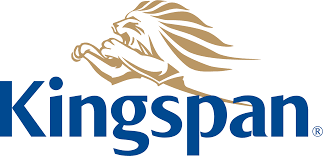



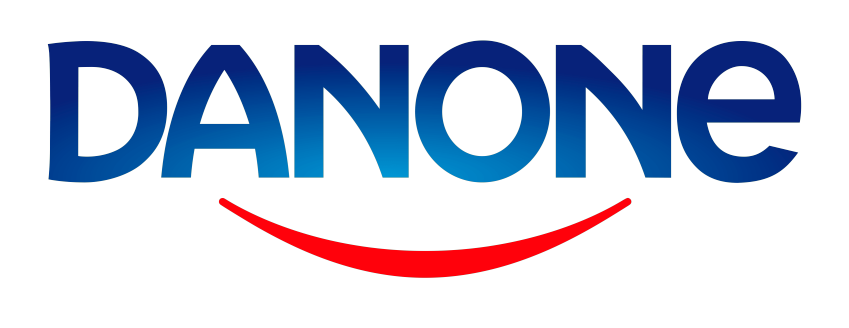








































































































































UHD or Ultra High Definition signifies that a camera's resolution is 3840x2160 pixels. This is exactly four time higher than high definition cameras (1920x1080 pixels), and so UHD is often also know as 4K. More about drone photography...